HS-PS4-1
Use mathematical representations to support a claim regarding relationships among the frequency, wavelength, and speed of waves traveling in various media.
-
 Physics
PhysicsComic book heroine teaches science
Most people don’t think of superheroes as science teachers. But a comic book from the American Physical Society wants to change that. Meet Spectra, the human laser.
-
 Health & Medicine
Health & MedicineSunlight makes pleasure chemical in the body
A day on the beach might deliver more than a tan (or sunburn). It may also release potent brain chemicals that leave people with a pleasurable feeling.
-
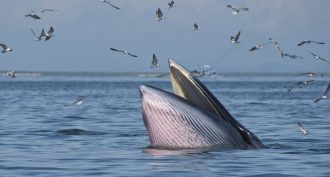 Animals
AnimalsCool Jobs: A whale of a time
Studying blue whales, spinner dolphins and other cetaceans demands clever ways to unveil the out-of-sight behaviors of these marine denizens.
By Eric Wagner -
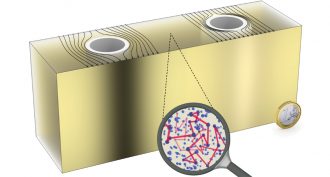 Physics
PhysicsHazing: How to hide in nearly plain sight
A new system takes advantage of a translucent fog of particles to hide otherwise obvious objects.
-
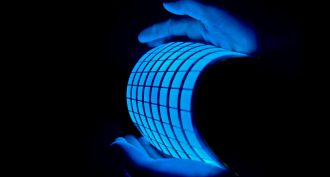 Tech
TechDigital lighting goes organic
An environmentally friendly lighting technology promises not only to save energy but also to transform our indoor environment.
-
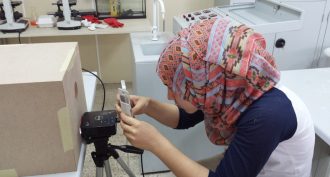 Tech
TechFighting theater pirates
How can theaters thwart thieves from unlawfully recording a movie during a showing? A high-school freshman’s low-cost solution relies on simple physics.
By Sid Perkins -
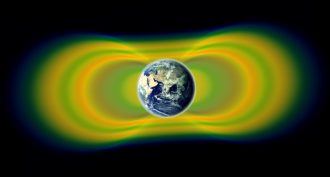 Physics
PhysicsStudent radiation experiment goes to space
The Exploration Design Challenge asked students to design shields that would protect astronauts from radiation. Teachers can still involve classes in the challenge.
-
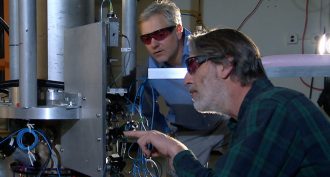 Physics
PhysicsWorld’s coolest ‘clock’ is also crazy-accurate
This is the time to beat — the world’s most accurate atomic clock ever. At its heart is a ‘fountain’ of cesium atoms chilled nearly to absolute zero!
By Janet Raloff -
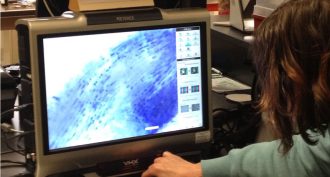 Physics
PhysicsSending student science to space
Two teachers describe how they worked with the Student Spaceflight Experiments Program to get middle-school scientists excited about research and space.
-
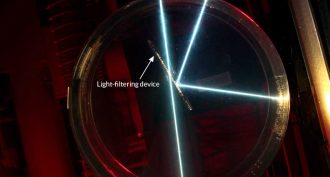 Physics
PhysicsFilter lets in only the right light
Scientists have built a light filter that only permits light coming from one desired angle to pass through. Built from alternating layers of transparent materials, it could help minimize the glare in telescopes and cameras or boost the efficiency of solar cells.
-
 Earth
EarthThe quake that shook up geology
North America’s biggest earthquake struck 50 years ago. Here’s what science has learned about Earth since the 1964 Great Alaskan Earthquake.
By Beth Geiger -
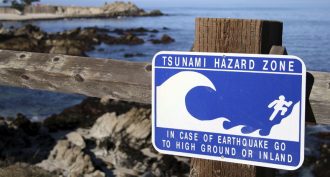 Earth
EarthExplainer: Telling a tsunami from a seiche
Waves that hit coastlines with ferocious power, tsunamis are one of the planet’s most devastating forces of nature. And seiches: They’re tsunamis little, but still potentially deadly, cousins.